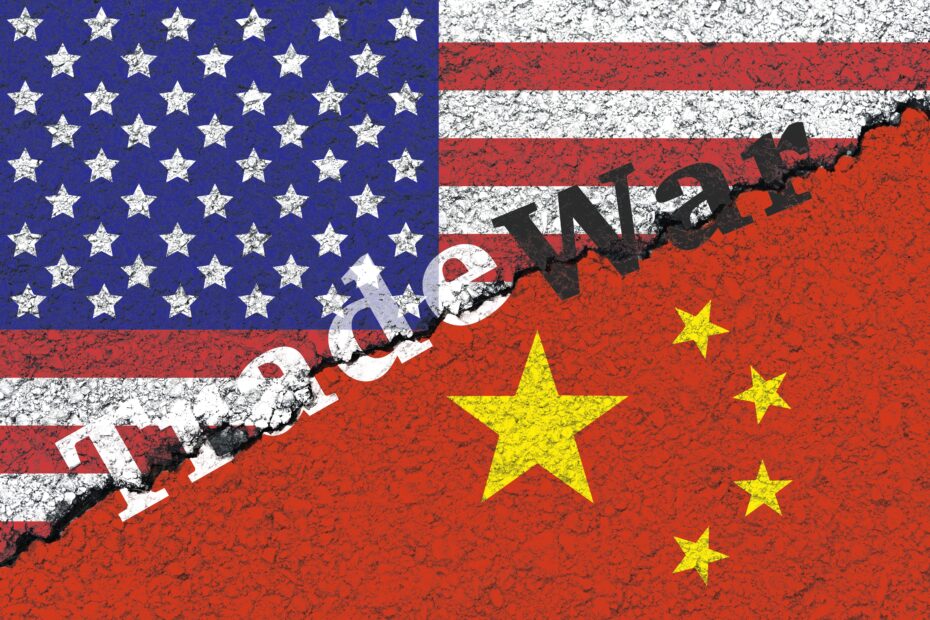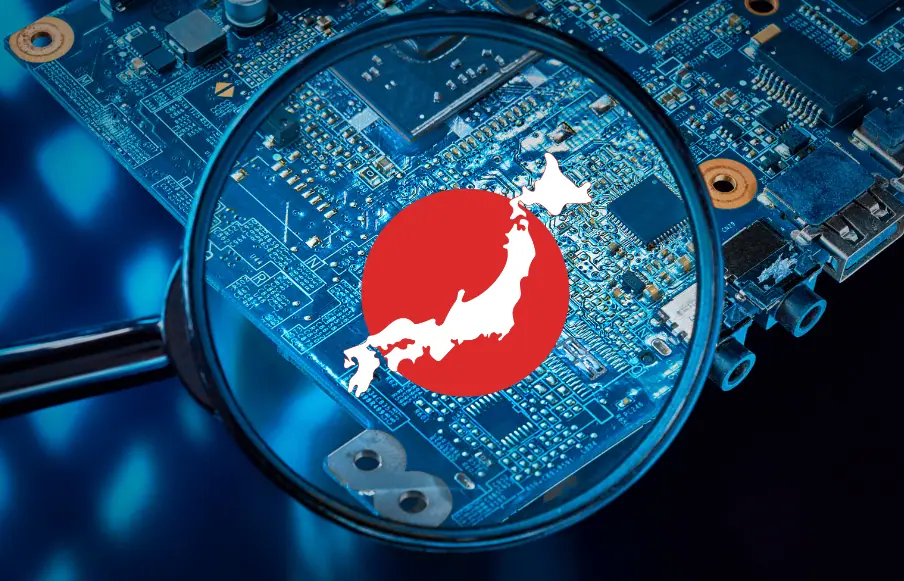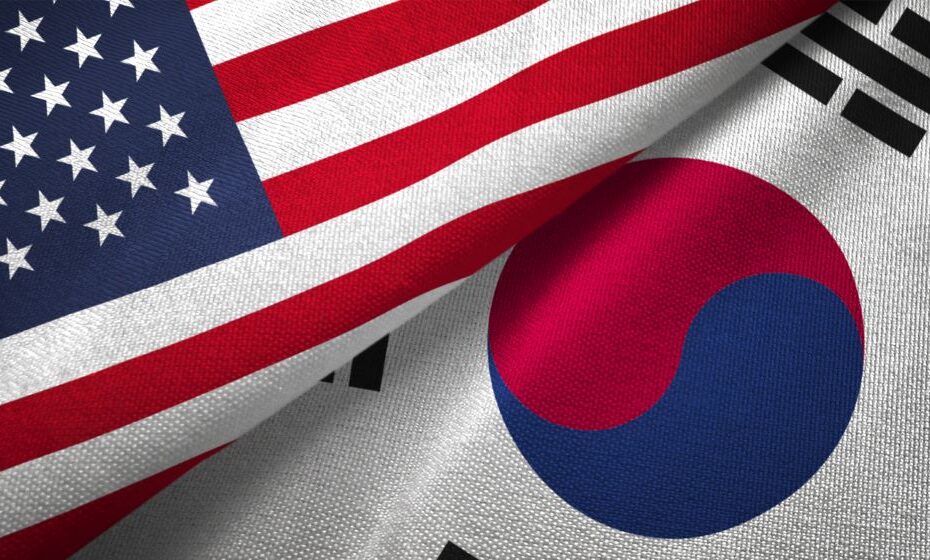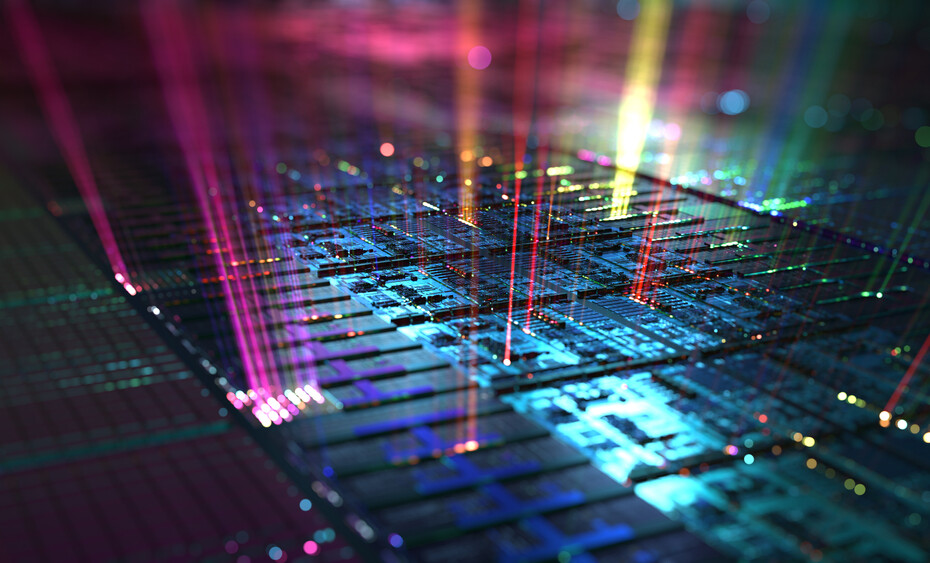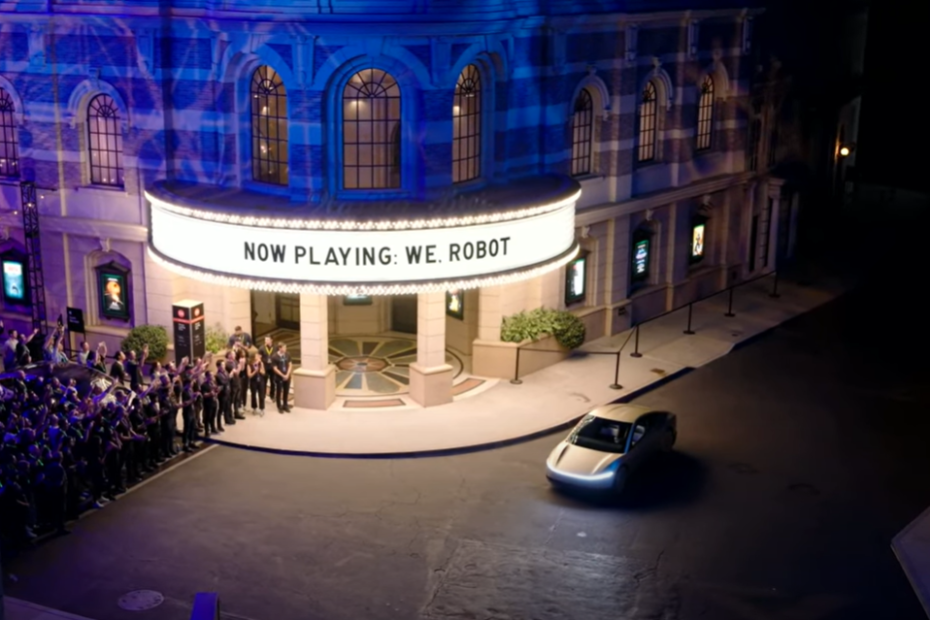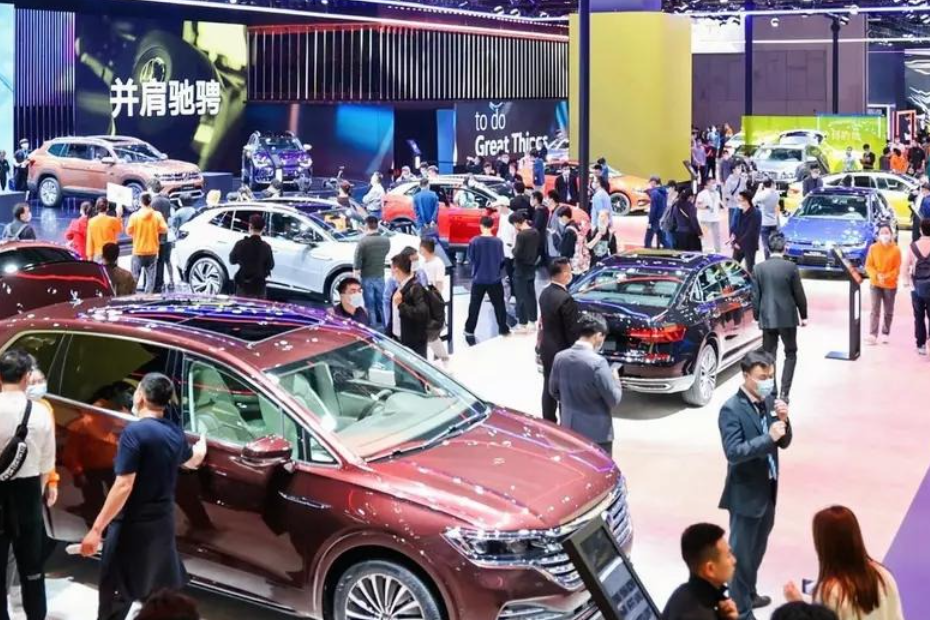Where Are We Headed with China?
By Bolaji Ojo
Death by a thousand cuts can quickly become a reality for certain segments of the electronics industry if swift action is not taken to address the question asked in the headline of this opinion piece.
Western governments, led by the US, have amassed a growing armada of rules, regulations, laws, and sanctions aimed at limiting China’s access to IP, innovations and technologies used in the development and production of advanced technology products. In addition, laws tightening or proscribing engagement with Chinese companies have been introduced in recent years.
Ask any industry executives, though, and it would be difficult getting an answer on the precise objectives of these actions, the role their companies are expected to play, and whether they see an end in sight to the tightening rules or a future where commerce can be conducted without severe national restrictions and penalties for violating drastic rules. The industry has accepted that geopolitics have become a staple of business, but they nevertheless puzzle about how long this will be and whether their views matter anymore.
Read More »Where Are We Headed with China?
